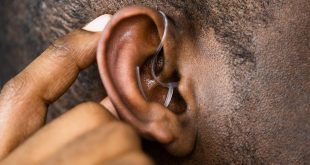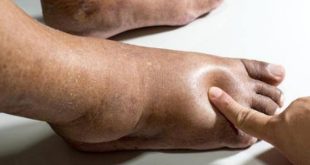However, it is important to know where the strategy to rinse came from rather than assume that leaving toothpaste in your mouth is bad or dangerous. In general, you are not supposed to swallow high concentrations of fluoride, and some dental products contain concentrations of fluoride higher than what’s recommended for you to ingest each day.
So it became common practice to rinse your mouth out after brushing to prevent a significant amount of fluoride ingestion which can cause abdominal pain, nausea, and diarrhoea.
On the other hand, there is also a desire to rid your taste buds of the strong minty taste of toothpaste.
However, experts, including the U.K.’s Oral Health Foundation recommend spitting out saliva and toothpaste instead of rinsing with water.
How to reduce fluoride use to get more dental benefits
Toothpaste that contains fluoride and other ingredients meant to strengthen your tooth enamel might need a bit of extra time on the surface of your teeth for you to get their full benefit.
But to be able to leave toothpaste for a while in your mouth means you have to use pea-sized amounts. This not only reduces the minty taste but also makes sure you will ingest substantially low concentrations of fluoride.
According to dentists, all you need is a pea-sized amount of toothpaste on your brush after the age of 3 years. So stop believing the glob of paste in adverts.
The best time to leave toothpaste in your mouth
Fluoride is a mineral that helps prevent tooth decay, among other benefits. Fluoride that stays put on your teeth for several minutes provides the greatest benefit. For maximum benefits at your convenience, it is better to leave toothpaste on overnight. The fluoride will have ample time to be fed into the teeth and rebuild demineralized enamel without bacteria interruption from food.
You can either brush in the morning before breakfast to remove all the overnight plaque before you eat or you can eat first, then brush to not leave behind any sugar for the rest of the day. Both methods are perfect.
Flossing and mouthwash
Flossing removes food and plaque from between your teeth. When followed with toothpaste and brushing, this will allow the fluoride toothpaste to enter between teeth and reach these cleaned surfaces.
When it comes to rinsing after flossing, this is a must in order to flush out the loose bacteria and plaque that might be left in your mouth.
A small 2018 study of dental students showed those who flossed before brushing retained a higher concentration of fluoride after their daily routine.
Using mouthwash after brushing
Mouthwash, also known as oral rinse, is another dental hygiene product. Mouthwash is typically used to freshen your breath, and most formulas contain alcohol.
If you apply mouthwash without fluoride directly after brushing with fluoride toothpaste, you could be rinsing fluoride off your tooth enamel, which would do more harm than good. However, if you’re using a mouthwash that contains enamel-building ingredients, such as fluoride, it may help keep fluoride levels elevated in the mouth after brushing.
Children
A child’s guardian should only smear a rice grain-sized amount of fluoridated toothpaste on the toothbrush, and the child should rinse right after brushing.
 Top Naija News: Nigerian News, Breaking News Nigeria and World News Top Naija News is a daily news publication in Nigeria, delivering the latest breaking news in Nigeria and around the world.
Top Naija News: Nigerian News, Breaking News Nigeria and World News Top Naija News is a daily news publication in Nigeria, delivering the latest breaking news in Nigeria and around the world.




